Housing for Birds
Redthistle
15 years ago
Related Stories

GARDENING GUIDESBackyard Birds: Northern Cardinals in the Snow, and Other Red Birds
Brilliant crimson feathers make these friends stand out in a crowd
Full Story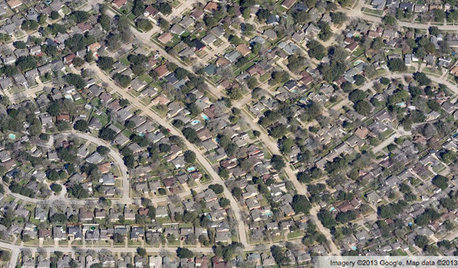
COMMUNITYGet a Bird's-Eye View of America's Housing Patterns
See the big picture of how suburban developments are changing the country's landscape, with aerial photos and ideas for the future
Full Story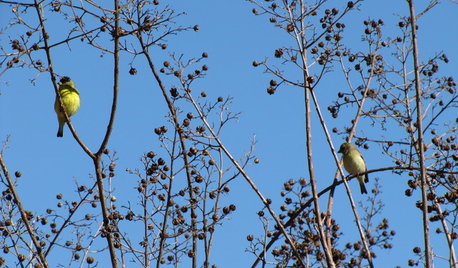
SHOP HOUZZShop Houzz: Create a Backyard Bird Sanctuary
Your bird B&B simply needs a house, bath and feeder
Full Story0
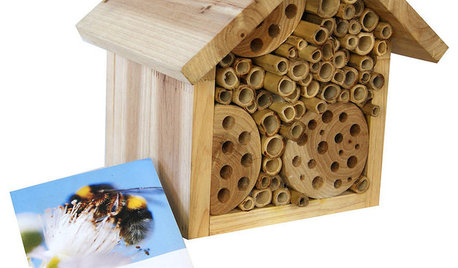
PRODUCT PICKSGuest Picks: 20 Ways to Play Garden Host to Birds and Bees
Perch some of these houses and feeders around your garden, and watch pollinators and feathered friends flock in
Full Story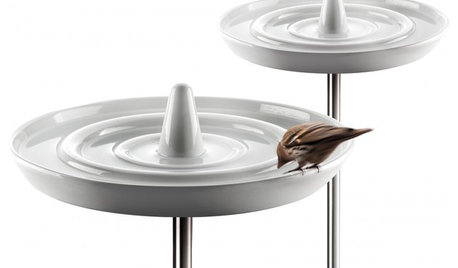
GARDENING AND LANDSCAPINGDesign Details: Outdoor Decor for the Birds
Feeders, Houses and Baths for Our Feathered Friends
Full Story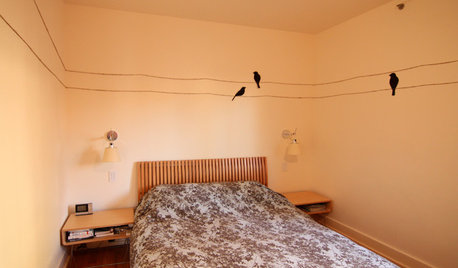
DECORATING GUIDESBird Decor Brings Spring Home
Feather Your Nest With the Form and Flutter of Birds
Full Story
GARDENING FOR BUTTERFLIESA Quick-Start Guide to Bird-Watching for Fun and Learning
Set out some seed and grab your field guide. Bird-watching is an easy, entertaining and educational activity for the whole family
Full Story
MODERN ARCHITECTUREKeep Your Big Windows — and Save Birds Too
Reduce bird strikes on windows with everything from architectural solutions to a new high-tech glass from Germany
Full Story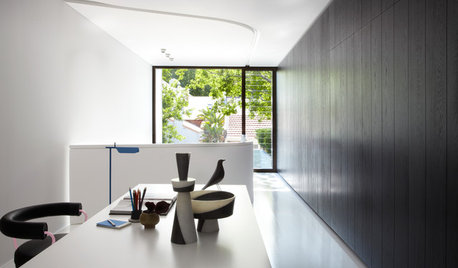
Shop Houzz: Paying Tribute to Hitchcock’s ‘The Birds’
The bird is the word, from fun Halloween decor to elegant avian-themed artworks
Full Story0
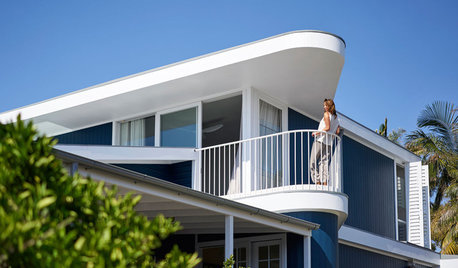
HOMES AROUND THE WORLDHouzz Tour: Bird’s-Eye Views for a Beach Bungalow on Stilts
A seaside cottage in Australia reaches for the sky with a nautical-themed addition
Full StorySponsored
Columbus Area's Luxury Design Build Firm | 17x Best of Houzz Winner!
More Discussions






joepyeweed
lisa11310
Related Professionals
New Mexico Landscape Architects & Landscape Designers · Salisbury Landscape Architects & Landscape Designers · Vernon Hills Landscape Architects & Landscape Designers · Williamsburg Landscape Contractors · Columbine Landscape Contractors · Fort Worth Landscape Contractors · Kahului Landscape Contractors · Pomona Landscape Contractors · Salmon Creek Landscape Contractors · San Carlos Park Landscape Contractors · Ansonia Landscape Contractors · Alexandria Driveway Installation & Maintenance · Braintree Driveway Installation & Maintenance · Bakersfield Swimming Pool Builders · Harvey Swimming Pool Buildersmidwesternerr
RedthistleOriginal Author
midwesternerr
lisa11310
RedthistleOriginal Author
midwesternerr
dlpasti